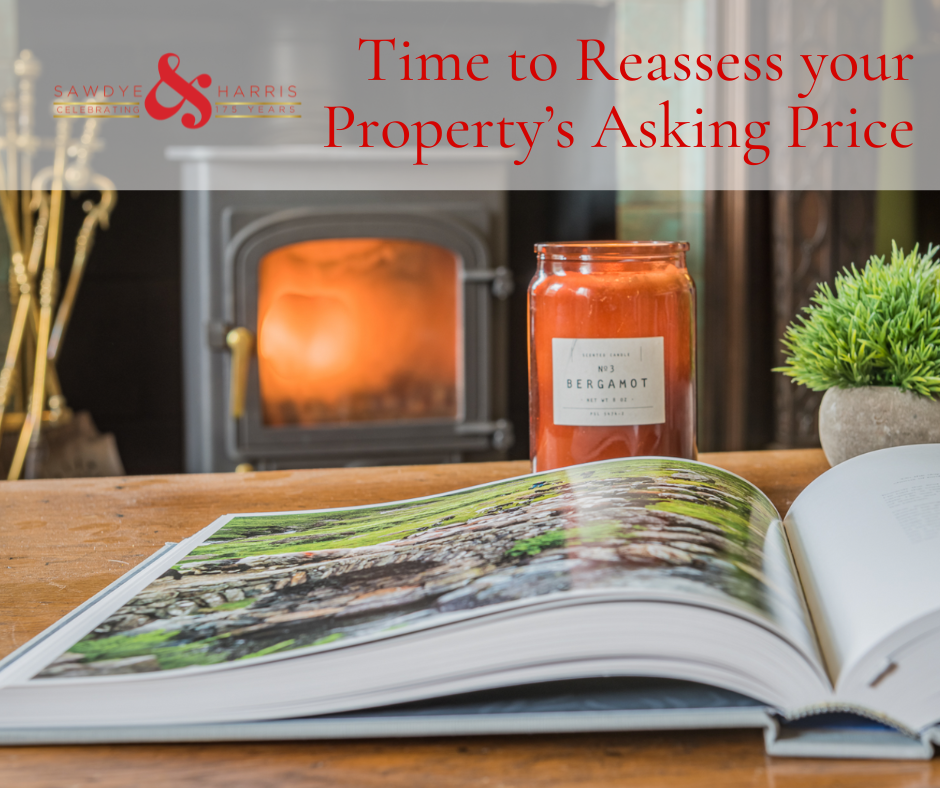THE DARTMOOR OFFICE, ASHBURTON: 01364 652652
THE TEIGN VALLEY OFFICE, CHUDLEIGH: 01626 852666
THE HIGH MOOR OFFICE, MORETONHAMPSTEAD: 01647 441104
Blog
January 19, 2019

Are you taking the right Winter weather precautions?
Are you taking the right Winter weather precautions?

With the threat of inclement weather imminent, we wanted to take the opportunity to focus on the practical steps that can help you to reduce the risk of damage to property. Damage caused by the escape of water from frozen pipes and other equipment can be extremely costly in repairs and disruption.
Here are some tip to help our landlords and tenants:
PREVENT FREEZING
- Ensure that all areas containing pipes and water storage tanks are heated to prevent freezing.
- Heating should be thermostatically controlled to maintain a minimum temperature.
- Fuel supplies and any associated equipment should be periodically tested and maintained. This is particularly critical where “interruptible” gas supplies are used.
- Pipes should be lagged to delay the temperature drop. Use 32mm thick good quality, non-combustible lagging securely fixed to all piping including expansion pipes.
- Tanks should be lagged around and over, but not underneath so that heat from below can rise.
- Minimise pipe-runs outside, or in areas exposed to winds.
- Wet pipe sprinkler systems should be avoided where the temperature cannot be kept above 4°C, the use of alternate or dry pipe systems should be considered.
ACTION TO MINIMISE DAMAGE
- Know the location of all stopcocks inside the premises as well as the main incoming valve in the street. The stopcocks should be periodically exercised to ensure that they are in working order.
- Someone should be responsible for any sprinkler system, its water supply and pump room. Ensure that buildings are inspected to identify frozen or leaking pipes at an early stage.
- Review and update emergency contact procedures.
Responsible staff should know how to thaw pipes safely:
- Isolate the pipe by closing the stopcock on the feed from the tank or main.
- Expect a thawed pipe to leak water, so protect items beneath it.
- Do not use blow torches, hot air paint strippers or naked flames.
- Use hot water bottles or a hair dryer.
COMMON OR UNOCCUPIED AREAS
The precautions described previously apply equally to common and unoccupied areas. These can be particularly vulnerable as problems may not be identified until damage has occurred.
- Regular inspections of these areas should be carried out before and during cold weather.
- If a tenant is still responsible for an unoccupied area ensure that they are inspecting these and taking the precautions described above.
- Consider provision of heating to any unheated portions of the building if they may be vulnerable. The use of minimum and maximum thermometers can give an indication of potential problems.
ACTIONS TO PREVENT FREEZING GENERAL
- Establish a monitoring function during the winter months.
- Drain all equipment that carries water or is susceptible to freezing in all vacant areas or those that have history of past freezing.
- For unattended buildings, provide a supervised alarm system to monitor power supply and buildings temperatures
- Consider draining the water system if the building will be unoccupied for a prolonged period.
- Consideration should be given to how ice plugged pipes will be thawed (e.g. hot air blowers) - DO NOT expose pipes to open or naked flames.





